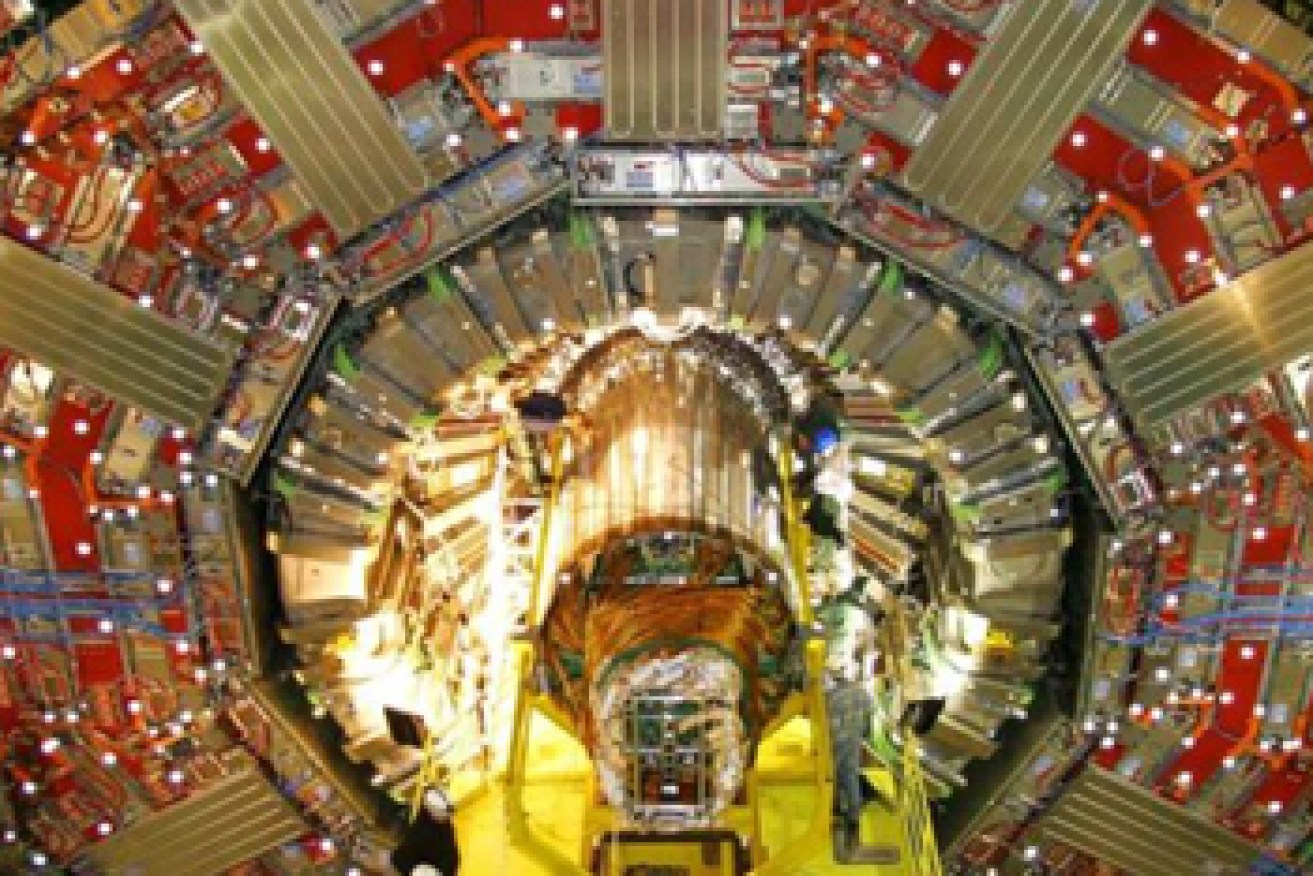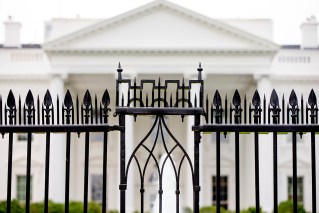China to create world’s biggest super-collider


ABC
It seems size does matter as China starts work on the world’s largest super-collider – set to be twice the size of Switzerland’s Large Hadron Collider – which could help scientists answer question about how the universe works.
State-run media China Daily reported that construction of the collider would begin in 2020, in an attempt to increase understanding of the Higgs boson or ‘God particle’.
The collider facility, designed to smash subatomic particles together at enormous speed, will reportedly be at least twice the size of the Swiss-based CERN, where the Higgs boson was discovered.
• Accidental orange peel discovery could save lives
• Pluto has blue skies and icy water, say NASA
• Scientists ready to create a real-life Jurassic Park
Scientists believe the particle is one of the fundamental building blocks of the universe.
The historic discovery of the Higgs boson was of one of the strangest particles ever revealed—an elementary, point-like particle with no spin, no electromagnetic charge and the ability to interact with itself, according to the Institute of High Energy Physics.
The insitute’s Chinese academy of sciences director, Wang Yifang, told China Daily that this would help scientists answer some fundamental questions about how the universe worked.

The Large Hadron Collider receives upgrades in February. Photo: ABC
The project will generate seven times the energy of Europe’s Large Hadron Collider (LHC), colliding electrons and protons at super high speeds to generate the elusive particles on an unprecedented scale.
“LHC is hitting its limits of energy level,” Mr Wang told China Daily.
“It seems not possible to escalate the energy dramatically at the existing facility.”
China is pouring huge sums of money into theoretical as well as practical science, hoping to become a world leader in fields from biology to cosmology.
The institute has also been operating major high-energy physics projects in China, such as the Beijing Electron Positron Collider and the Daya Bay Reactor Neutrino experiment.
Planning for the project began in 2013, shortly after the 2012 discovery of the Higgs boson, according to slides from a presentation by Mr Wang in Geneva that appeared on his institute’s website.
Mr Wang said, in a presentation on the Institute of High Energy Physics website, that Qinhuangdao, a northern port city that is the starting point of the Great Wall, as an ideal location for the underground facility, noting its favourable geological conditions and local wineries as important selling points.
China’s rapid economic growth and large population put it in a unique position to invest in basic scientific research, he wrote.
“This is a machine for the world and by the world: not a Chinese one,” he added, noting that physicists from around the globe had travelled to China to help with the project.
– with ABC









